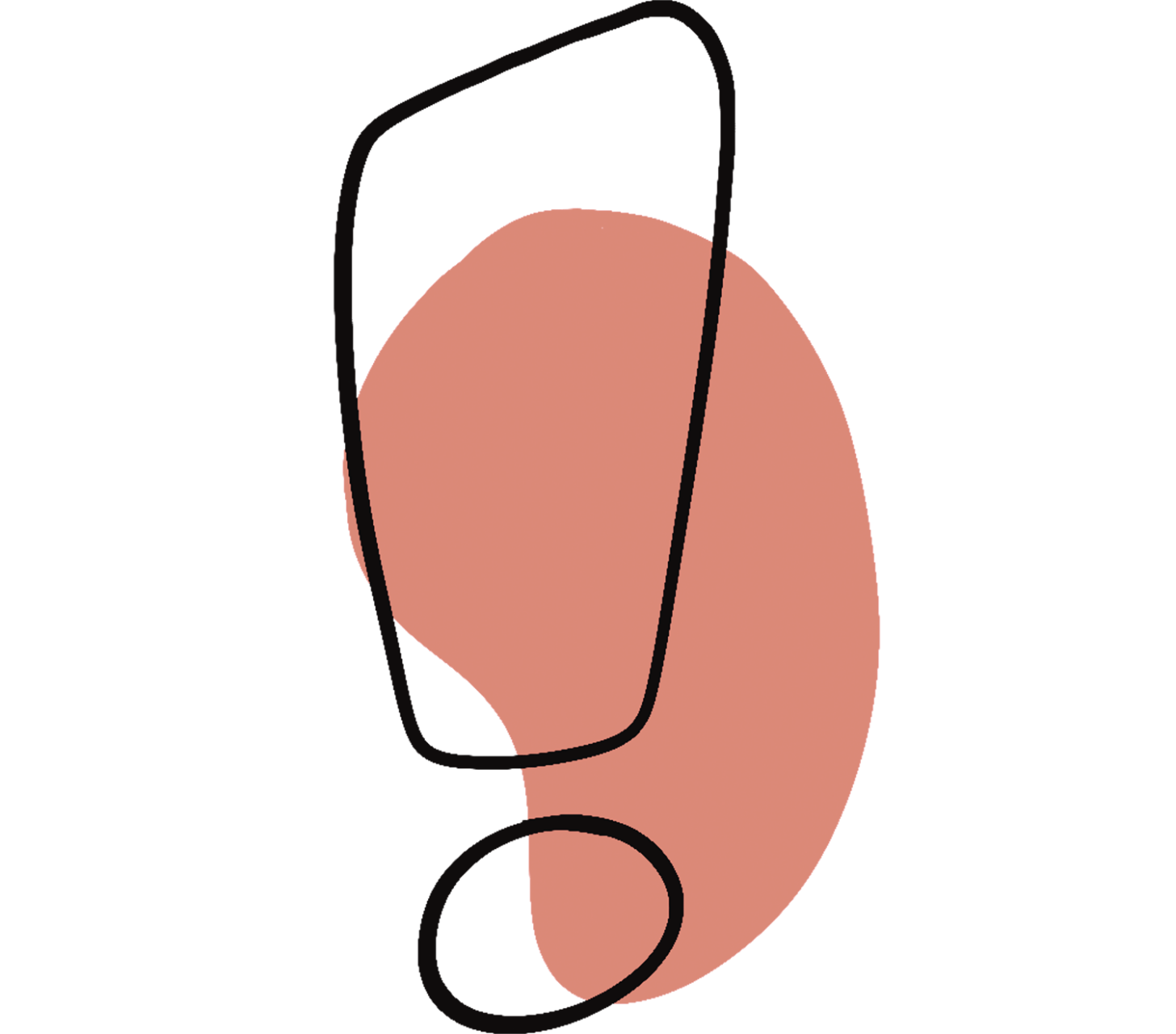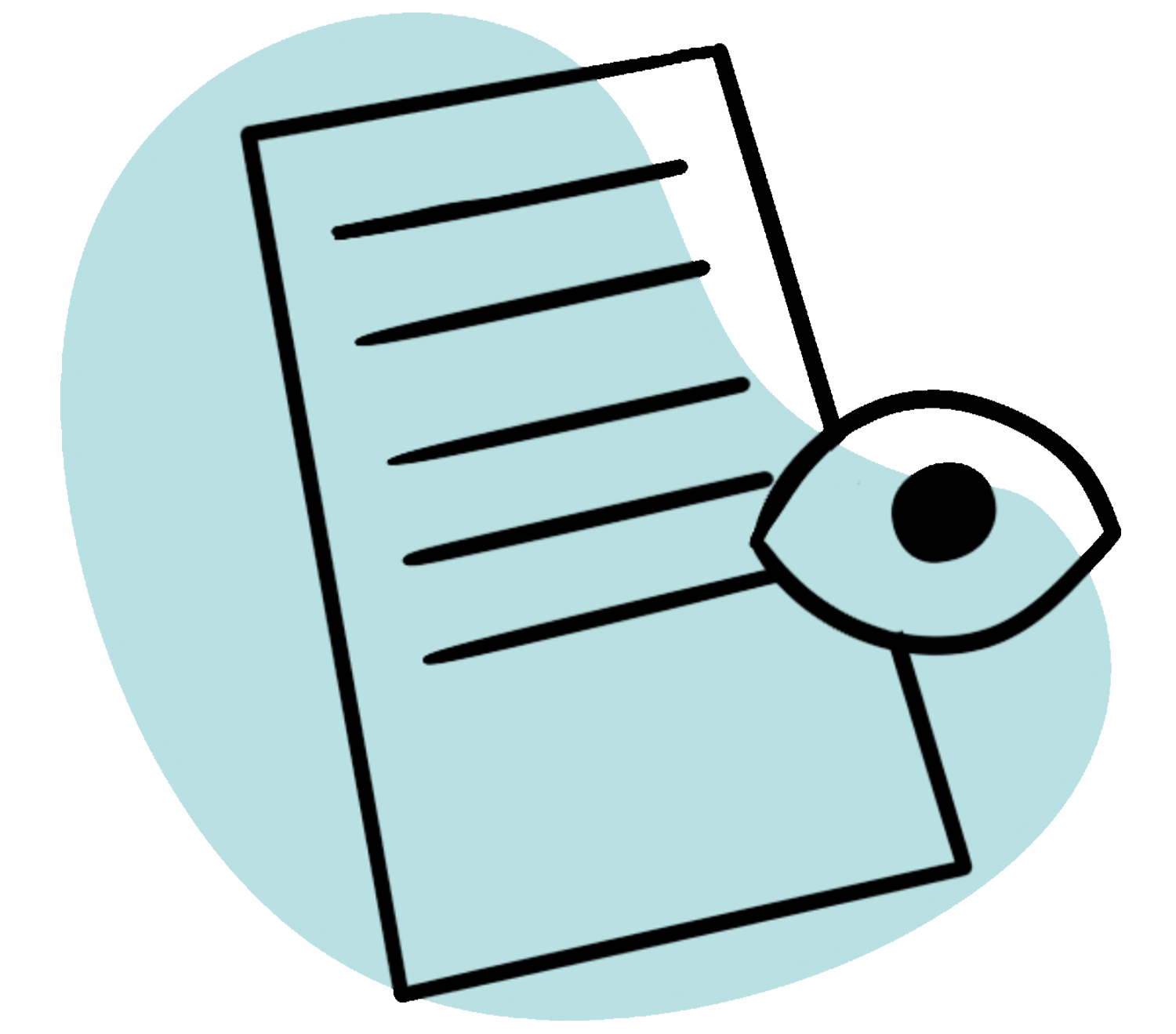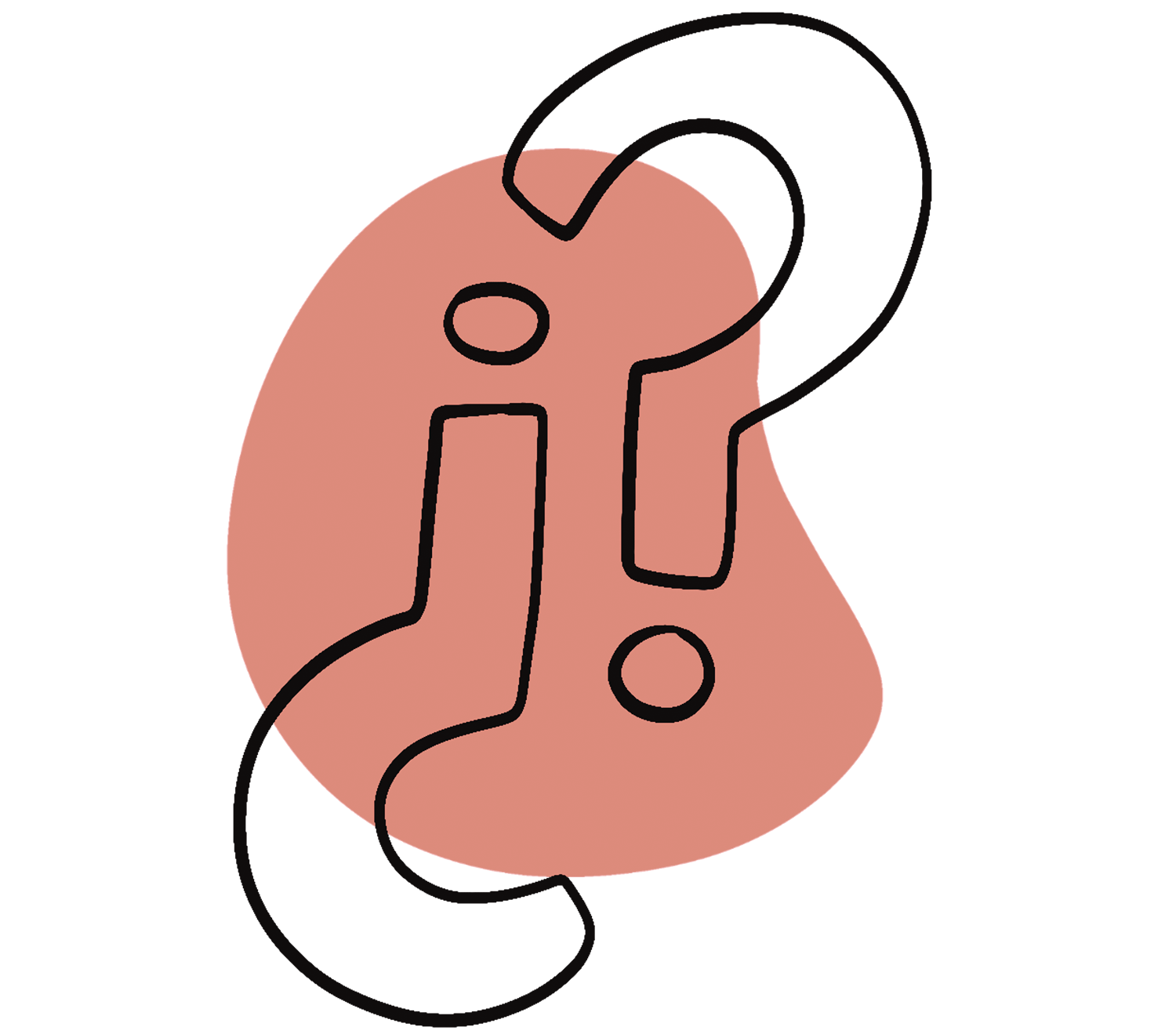The documentation of scientific work is essential for engineering practice. Over time, formal conventions have been developed that are intended to make creating and reading such documents easier. During studies, these conventions are learned, practiced, and examined.
Accordingly, reports should clearly and understandably convey the matter to be described. They should be logically structured and easy to read, without digressions, but written concisely. They address a specialist audience in a sober and precise technical language and enable readers to clearly follow what is presented.
Internship reports are the building blocks on the way to scientific reports. In studies, at the very least these will be the final theses. This guide aims to support students in this process.
If you have questions or suggestions about this guide, please contact the Dean of Studies of the Faculty WT, e.g. by e-mail: wt-studiendekan@th-nuernberg.de
The scope of the individual parts of the report must be in a balanced proportion. The core elements of an experimental work are the experiments as well as their results and discussion. Introduction (incl. objectives) and summary are important components of a scientific work. In internship reports they are comparatively brief.
Theoretical foundations serve as a basis for experimental planning, interpretation of results, and discussion. For internship reports, it must be clarified in advance whether they should be included or may be omitted.
- Cover page
- Table of contents
- 1. Assignment with objectives
- 2. Fundamentals – optional
- 3. Experimental section
- 3.1 Equipment used
- 3.2 Substances used
- 3.3 Experiments carried out
- 4. Results
- 5. Discussion
- A1 …: References (if literature was cited), and other appendices (optional)
Additional lists (figures, abbreviations, equations etc.) are usually not required, but may be included if they serve readability, e.g. when many abbreviations were used.
On the cover page, the title of the internship and the experiment must be given. It contains the date of the experiment and the submission date of the report. In addition to the name of the supervisor at the equipment, the names of all group members involved and the group number must be indicated. All group members are jointly responsible for the content of the report.

In the chapter “Assignment with objectives”, a very brief statement is made about what was done in the internship and why.
The optional chapter “Fundamentals” describes what is actually needed to understand the results and discussion. In later chapters, especially the discussion, reference is made back to what is described here.
In the chapter “Experimental section”, under “Equipment used” and “Substances used”, it must be clearly stated which substances and equipment were used. For everything that was used, the designations, possible trade names, and manufacturers must be given – for substances, known key values that could influence the experimental results. This serves traceability of the procedure. Readers are thus enabled to (in principle) reproduce the investigations exactly.
In the further chapters, the experiments carried out are described in a comprehensible way.
On the one hand, it should be described how the experiments were conducted, e.g. the quantities used. But observations must also not be missing, such as e.g. color, smell, change in temperature, change of state, deformation etc.
The procedure and the observations can be written separately in sequence or combined.
An evaluation of the results usually takes place in the chapter “Discussion”. In some cases, readability is improved if the reasoning for consecutive experiments is already provided when presenting the results – through the evaluation of the results. Then chapters 4 and 5 of the example structure can be combined into one chapter “Results and Discussion”. The experiment supervisor may recommend a discussion already with the results, or a separate discussion following the chapter “Results”. The chapter “Results” then serves the neutral, unevaluated listing of the results. When presenting the results, make sure to use the correct units of measurement. Also, formulas used for calculations must be given. For statistically analyzable results, at least the standard deviation must be stated.
A fixed component of every scientific work is a “References” section. In internship reports, this may be unnecessary if no literature other than the script was used for carrying out and evaluating the experiment. Otherwise citations must, as in any work, be clearly marked and traceably provided. Further appendices are not necessary in most internship reports.
Reports are generally to be submitted in German. The spelling rules must be observed. A sober scientific style must be used, which presents the content in the briefest but still comprehensible way. It should be factual, evidenced, neutral, precise and clear, concise and to the point, and formally written. It must be narrated from a neutral perspective, not from the first-person or collective perspective.
The language should address all genders equally respectfully, and preferably not only binary ones. Use appropriate German terms instead of foreign words. Abbreviations, such as “Fig.”, “p.” etc. should be avoided, as they disrupt the reading flow. If abbreviations are difficult to avoid and not trivial, they must first be explained when they appear, before being used further in the text. Abbreviations such as “e.g.”, “i.e.”, “etc.”, “Ltd.” are generally known and therefore do not need to be explained.
Content can be presented in text form, or at suitable points also as a table or list. A fluid transition between text and list within a continuous description is to be avoided.
A report can include all tenses. However, tenses must be used so that they fit the respective statements and content. If content is reported, it typically lies in the past. If content is reported from the present or future – from the readers’ perspective – then the corresponding tenses are to be used. General statements can be formulated in the present tense.
For quotations, a reference must always indicate the source. A number in square brackets is recommended as a short reference. In the references section, different types of literature require different information – details can be found in the “Guide to writing scientific papers”.
Units of measurement
Units of measurement must be given according to SI standards and separated from the number by a non-breaking space. Decimal places in German are indicated by a comma, not by a period. The complete and correct specification of units is important.
Labeling of figures, tables, formulas
Tables require fully self-explanatory headings, figures and diagrams corresponding captions. This also means that figures or diagrams do not have additional headings.
Every figure or table must be understandable together with the caption or heading. Figures, tables, and formulas are numbered. In the text, all reproduced figures, tables, and formulas must be referred to, and there must not be a page break within figures, tables, or formulas. Tables can be split and continued on the following page with the same numbering and heading, supplemented by “(continued)”. This table continuation requires a repetition of the column headings. Coordinate axes and column headers carry labels and, where applicable, units.
Which date must be given on the cover page of the report?
The experiment date and the submission date of the report.
How should the language in the reports be designed?
The language should be factual, precise, and neutral.
This article was published in September 2025 and last updated in October 2024.








